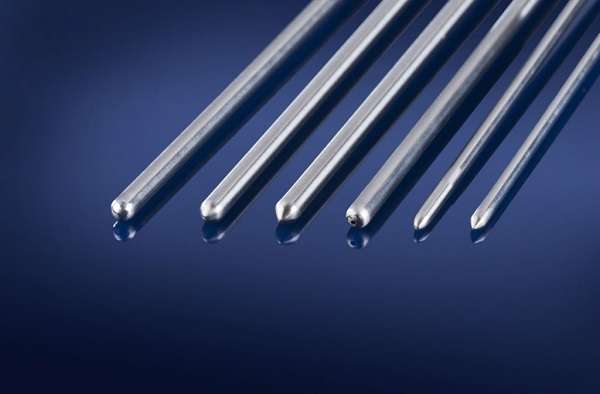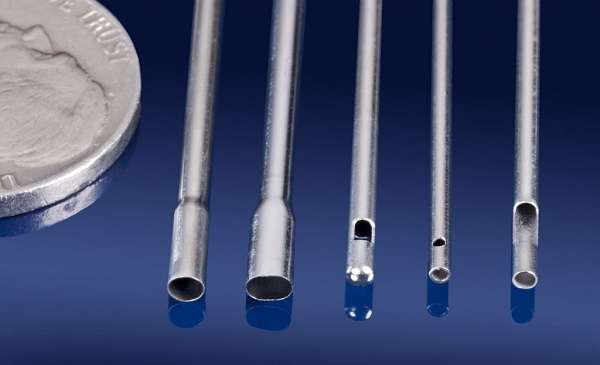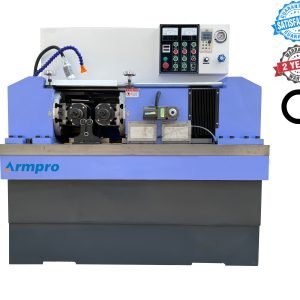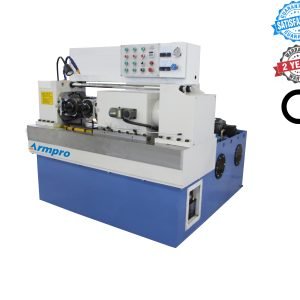Hypo Tube Gauge Chart,How Many Do You Know
Introduction
This guide provides fast references for users to select the appropriate hypo tube size with exact precision.
1. What is the hypo tube gauge chart?
A hypo tube gauge chart is a comprehensive reference guide that displays the different sizes of hypo tubes, including key specifications such as outside diameter (OD), inside diameter (ID), and exterior thickness for each gauge.
Hypo tubes, small-diameter metal tubes commonly used in medical devices like catheters and surgical instruments, must meet precise dimensional requirements to ensure safety and functionality.
The hypo tube gauge chart allows engineers, manufacturers, and healthcare professionals to select the right size for specific applications accurately.
| TYPICAL0.D. (in.) |
“A” PLUG DIAMETER (in.) |
TYPICAL U.N.F THREAD |
“B” LENGTH UNDER **HEAD |
HEX SIZE |
| 5/8 | 3/4 | 16 | 3/4-1-1/2 | 1 |
| 3/4 | 7/8 | 14 | 1-1/8 | |
| 7/8 | 1 | 12 | 1-1/4 | |
| 1 | 1-1/8 | 1-3/8 | ||
| 1-1/8 | 1-1/4 | 1-1/2 | ||
| 1-1/4 | 1-3/8 | 1-5/8 | ||
| 1-3/8 | 1-1/2 | 1-3/4 | ||
| 1-1/2 | 1-5/8 | 1-7/8 | ||
| 1-5/8 | 1-3/4 | 2 | ||
| 1-3/4 | 1-7/8 | 2-1/8 | ||
| 1-7/8 | 2 | 2-1/4 | ||
| 2 | 2-1/8 | 2-3/8 |
By providing standardized measurements, the chart helps streamline the design and production process, maintain quality control, and ensure compatibility across various components in both medical and industrial fields.
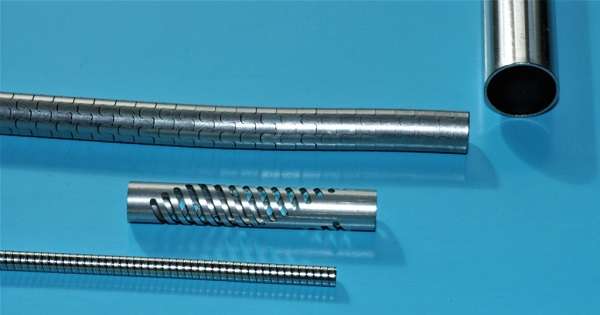
2. What materials are used for a hypo tube?
Hypo tubes are typically made from high-performance materials that offer strength, flexibility, corrosion resistance, and biocompatibility, especially for medical applications. Common materials used for hypo tube production include:
Stainless Steel (304, 304L, 316L)
- Most widely used due to its excellent strength, corrosion resistance, and biocompatibility.
- Ideal for medical devices such as catheters, guidewires, and needles.
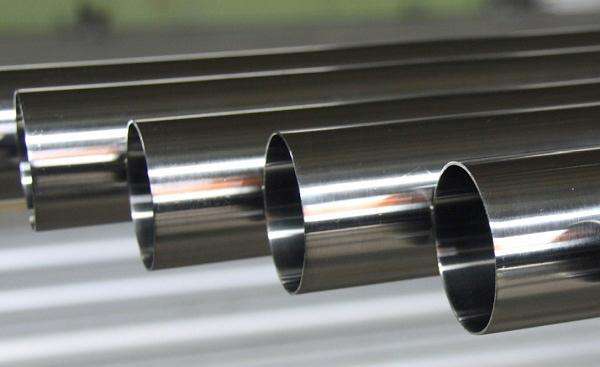
Nickel-Titanium Alloy (Nitinol)
- Flexible, self-expanding surgical instruments are ideal for this material because of its exceptional shape retention and super-elastic characteristics.
- Commonly used in stents, steerable catheters, and other dynamic components.
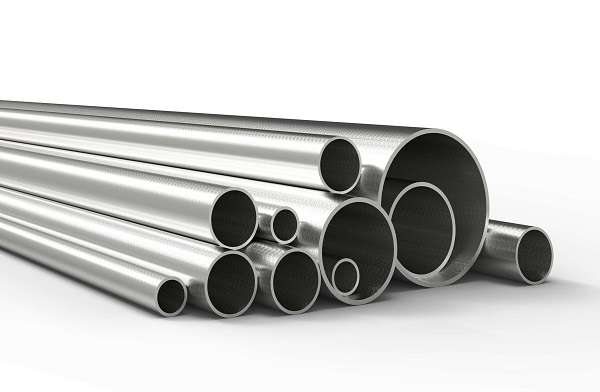
Titanium and Titanium Alloys
- Lightweight, strong, and highly biocompatible with exceptional corrosion resistance.
- Frequently used in implantable devices and precision surgical tools.
Platinum-Iridium Alloys
- Highly radiopaque and corrosion-resistant, making them ideal for components that must be visible under fluoroscopy or X-ray.
- Used in cardiovascular implants and specialized delivery systems.
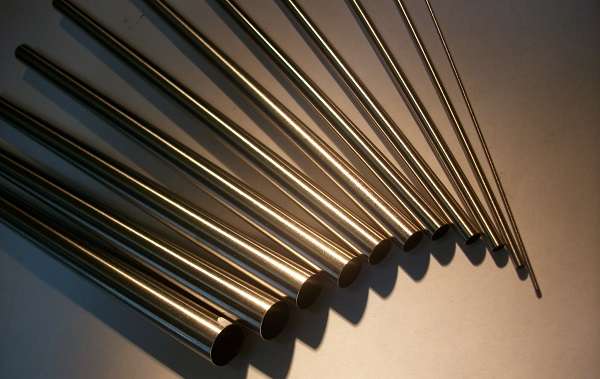
Cobalt-Chromium Alloys
- Offer excellent mechanical strength, wear resistance, and biocompatibility.
- Used in high-stress applications such as orthopedic and cardiovascular devices.
Polymers (in hybrid or coated hypo tubes)
- While metals form the main structure, polymers may be used as coatings or for added flexibility and insulation in certain designs.
- Applied in customized hypo tube assemblies requiring enhanced maneuverability.
Choosing the right material for hypo tubes is all about finding the right balance between mechanical performance and physiological suitability. This way, you can be sure that your tubes will be used safely, reliably, and precisely.
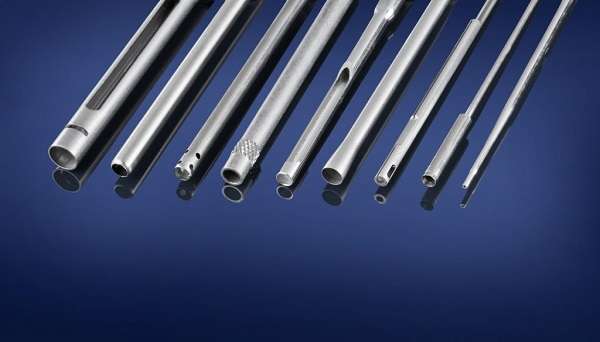
3. What is the application of the hypo tube?
The tiny diameter, great strength, and exact tolerances of hypo tubes make them useful in many contexts, but notably in medicine.
Their unique characteristics make them suitable for both minimally invasive procedures and precision-engineered components. Below are the key applications of hypo tubes:
1. Medical Applications
- Catheters and Guidewires: Medical practitioners use hypo tubes as part of minimally invasive procedures to help them move through blood vessels while providing therapeutic interventions.
- Stent Delivery Systems: Medical practitioners use hypo tubes as platforms to deploy cardiovascular stents during surgical therapies.
- Needles and Cannulas: The hypo tube provides stable mechanics along with durable performance to needles required for biopsy procedures, along with needles used for hypodermic delivery systems and fluid management devices.
- Laparoscopic and Endoscopic Tools: Laparoscopic and endoscopic instruments incorporate these medical devices to function as their basic framework during minimally invasive procedures.
- Orthopedic and Neurological Devices: Micro-scale surgical instruments, as well as implant delivery systems, use this material for their functioning.

2. Industrial Applications
- Microfluidic and Precision Instruments: The devices necessitate this material to operate their microfluidic and precision instrumentation systems.
- Sensors and Actuators: Pipes made of hypo tubes protect vital electronic components and mechanical components of sensors and actuators because of their guiding function.
- Aerospace and Automotive Components: Manufacturers depend on hypo tubes for manufacturing components that need permanent electrical and fluid guiding systems that function in aerospace and automotive applications.
3. Electronics and Robotics
- Flexible Shafts and Manipulators: Hypo tubes enable robotic arms to move through robot joints because they serve as robotic manipulator structures that utilize flexible shafts to function with robot arm joints.
- Cable and Wire Guides: The implementation of hypo tubes serves as wire and cable guides for complex electronic systems to maintain order and achieve safety protection.

Modern healthcare solutions and technology applications need hypo tubes because these tubes present precise and reliable performance in every application domain.
4. How to choose the right hypo tube?
Choosing hypo tubes demands thorough evaluation since the selected tubes determine device accuracy, along with safety protocols for medical equipment and aerospace instrumentation, and industrial applications.
Hypo tubes require assessments of their composition, together with measurements of required forces to select the proper tube for desired surface quality control. Here’s what to consider:
Define Your Application
- To begin your process, select the specific roles that the hypo tube will serve.
- The medical device requirements include flexible materials that work well with human tissue while resisting corrosion damage.
- Electronic systems that require precise measurements need components where small dimensions match exact tolerance requirements.
Select the Right Material
- Stainless Steel (e.g., 304, 316L): Strong, corrosion-resistant, and serializable.
- Nitinol: Flexible and ideal for steerable or shape-memory devices.
- Titanium & Alloys: Lightweight and biocompatible for implants.
- Platinum-Iridium materials provide patient-safe imaging qualities for medical tools that need scanning procedures.
- MTL needs to meet the prescribed requirements established by ASTM, ISO FDA, depending on its specific application.
Choose Correct Dimensions
You can use the hypo tube gauge chart to select the proper dimensions between the inner and outer areas.
- Outside Diameter (OD)
- Inside Diameter (ID)
- Exterior Thickness
The dimensions directly control the passage speed of fluid and define the tool material composition as well as its flexibility ratio.
Consider Mechanical Properties
Depending on the use, evaluate:
- Tensile strength
- Flexibility and torque response
- Hypo tubes need to demonstrate resistance against fatigue-caused stress while they operate continuously or serve as tools requiring steerability.
Review Surface Finish and Coating
The system performance and contact resistance improve because of proper, smooth finishes.
Common coatings include:
- PTFE for low friction
- Hydrophilic for medical use
- Passivation/electro polishing for corrosion resistance
Check Standards and Compliance
All materials approval processes need to fulfill established regulations for your specific industrial sector.
- ISO 10993, ISO 13485 (medical)
- ASTM F138/F139, F2063 (materials)
- FDA requirements for medical-grade hypo tubes
Consider Customization
Some applications may require:
- Laser cuts, slots, or flares
- Unique lengths or coatings
- Reinforced or multi-layered designs
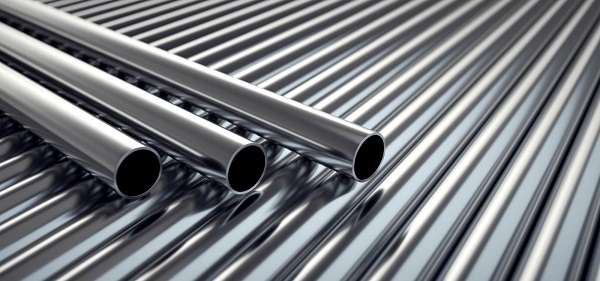
Conclusion
Choosing appropriate tube sizes, along with wall thickness and inner and outer diameters, depends heavily on the hypo tube gauge chart.
The hypo tube gauge chart guarantees uniform dimension measurements that are critical for highly accurate medical products and precise measurement tools.
Alignment of gauge measurements with both material characteristics and mechanical properties and industry standards enables users to make informed decisions that boost safety and operational performance.
The choice of an appropriate hypo tube gauge enhances device functionality as well as reliability by facilitating improved torque control alongside fluid delivery precision and flexible performance.
This chart provides engineering teams with an efficient approach to select the optimal hypo tube that meets their complex requirements.
Don't forget to share this post!
Related Products
CONTACT US
Tell us your raw material and working details to get quotations within 24 hours.
WhatsApp Us: +86 159 27 555863

Want the best price & newest metal working machinery buying guide,tips and trends sent straightly to your box?Sign up for Armpro's monthly newsletter,we're free for your consultation and Offer you the most suitable working solutions!
The Buyer's Guide
- Tapping Machine: The Ultimate Buying Guide in 2024
- Electric Tapping Machines:the Ultimate Buying Guide in 2024
- Drilling Machine: The Ultimate Buying Guide in 2024
- Drilling milling Machine:The Ultimate Buying Guide in 2024
- CNC Tapping Machine :The Complete Buying Guide in 2024
- Pipe chafering Machine:The Complete Importing Guide in 2024
- Radial drilling Machine:The Complete Buying Guide in 2024
- Thread rolling Machine:The Complete Buying Guide In 2024
- Pillar Drilling Machine:The Ultimate Buying Guide in 2024
